If the online forums I participate in are any indication, bike fit and bike size is a subject where just about everybody has an opinion. There is a lot of good information out there, but there is some that is not so good. I’m going to add my observations and opinions to the noise. You can decide if it’s valuable and if you want to use it.
First a disclaimer and some assumptions. First of all, I am not a medical professional. If you have specific physiological issues or injuries you should consult a professional. And I’m not claiming that what I have to say will prevent injury. You should be critical and use your own judgement when you read or hear anything. I will be assuming bikes with a traditional design, that is, a double triangle frame design. Because that’s what I know and this is my website.
So what are we trying to achieve?
Well, we want to be able to make the pedals go around thousands of revolutions in an efficient way and without undue pain. And we want to be able to steer.
You can do that with bikes like this:
Or this:
And you can do it with bikes like this:
http://www.flickr.com/photos/bethness/3681295445/
The first two pictures show bikes with extreme geometries. The frames are relatively small so the saddles are way up in the air and the handlebars are quite a bit lower attached to longish handlebar stems. This is the evolution of the idea that a smaller frame is lighter and stiffer and that those are desirable qualities. These race bikes are good for short, very hard efforts and for longer, but still relatively hard efforts. I think most racers would agree the bikes aren’t very enjoyable on long steady rides. Unfortunately, lots of bike shops sell, and lots of people buy, these bikes based on what they see racers using. Or maybe because they think they are this guy:
The second group of pictures show bikes with relatively less seat post showing and with the handlebars closer in height to the saddle. Usually, a larger frame size will result in that condition. Arguably, this is more better for long steady rides without super hard efforts or sprints.
The third group of photos show bikes with upright, swept back handlebars. Lots of people prefer this upright riding position.
In Summary
We are looking for the golden solution that will let us ride long distances efficiently and in relative comfort. That might mean starting with a bike frame that is a little larger than what we are accustomed to. There are only three points where the body comes into contact with the bike:
the sit bones- Variables are saddle height and saddle set back (relative to the pedals)
the feet– Variables are the type of pedals used and the position of the foot on the pedal
and the hands– Variables are the overall reach from the saddle, the height of the bars and the shape and size of the bars.
So on the next couple of pages can be found everything you could possibly want to know about about the things that affect those variables. We’re actually going to think about pedals first.


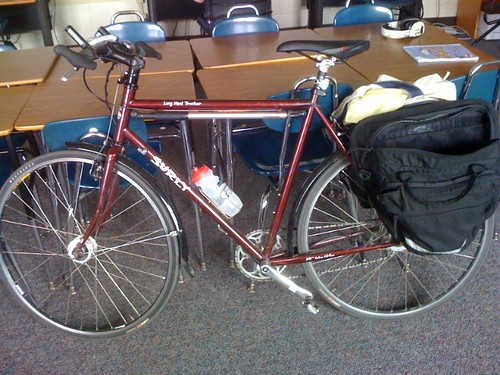
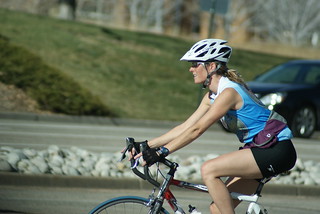
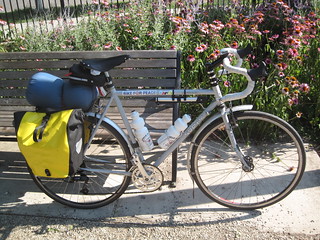
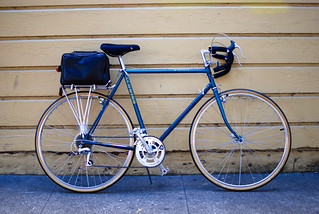

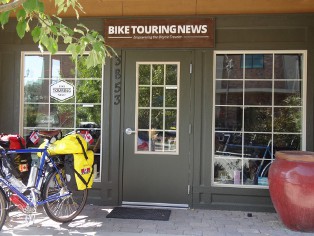
Recent Comments